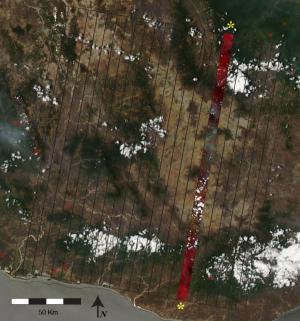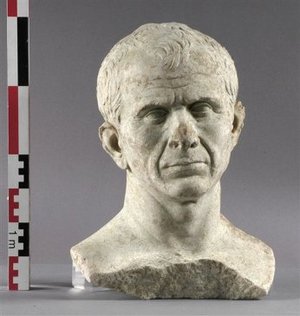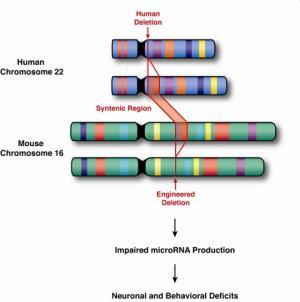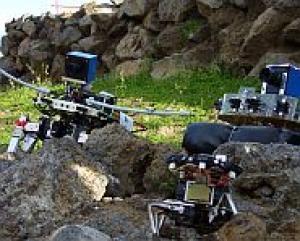Satellite imagery obtained from NASA will help archeologist Bill Middleton peer into the ancient Mexican past. In a novel archeological application, multi- and hyperspectral data will help build the most accurate and most detailed landscape map that exists of the southern state of Oaxaca, where the Zapotec people formed the first state-level and urban society in Mexico.

|
| ©Rochester Institute of Technology
|
| In a novel archeological application, multi- and hyperspectral data will help build the most accurate and most detailed landscape map that exists of the southern state of Oaxaca, where the Zapotec people formed the first state-level and urban society in Mexico.
|
"If you ask someone off the street about Mexican archeology, they'll say Aztec, Maya. Sometimes they'll also say Inca, which is the wrong continent, but you'll almost never hear anyone talk about the Zapotecs," says Middleton, acting chair of the Department of Material Culture Sciences and professor in the Department of Sociology and Anthropology at Rochester Institute of Technology. "They had the first writing system, the first state society, the first cities. And they controlled a fairly large territory at their Zenith - 250 B.C. to 750 A.D."







